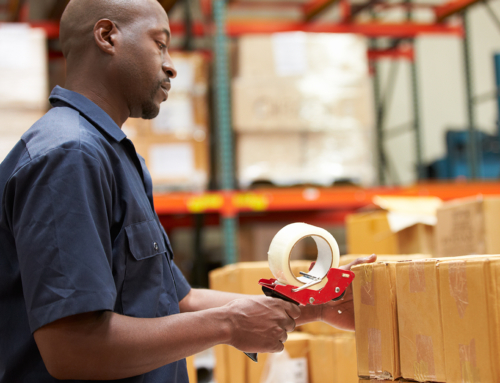“What gets measured gets managed,” the axiom goes, so why is it that so many retailers and eCommerce companies are still ignoring their returns? A recent study by Peerless Research Group has revealed that 2017 was yet another year where reverse logistics went by the wayside for many eCommerce operations, even as returns increased across the board.
Despite the fact that survey respondents recognized that reverse logistics is a winner that delivers value-adds like improved customer service and increased client happiness, as well as actual value like tangible cost savings, only 20 percent said the process was “extremely important” to their business.
What Do You Know About Your Returns?
Interestingly enough, despite knowing that they should be paying more attention to reverse logistics, too many companies are still just hanging around waiting for returns to show up.
A shocking 39 percent of companies surveyed have no way of even knowing when or if a return is headed their way! And only 32 percent are taking advantage of technology like smart labels and other point of sale information to streamline the processes in their returns management center.
Out of the same group, only 24 percent are able to tell how much (if anything) their company is saving by utilizing reverse logistics. On average, they say it’s about 16.5 percent. That number might be higher if more companies could produce their own figures, since some industries have better ways of disposing of returns than others.
Overall, the survey found that companies that are minding their reverse logistics, tracking appropriate KPIs (Key Performance Indicators) and utilizing a team that does nothing but squeeze every last nickel out of every return are seeing positive benefits to the bottom line. That’s a mighty big reward for just keeping track of things with the help of automation and computers and having dedicated staff to manage it all.
How Do You Stack Up?
Whether your company is a Fortune 500 or on the smaller side, tracking your returns is the first step to managing them.
You need to know why people are returning things and what is being chronically returned, then you can develop a plan to mitigate the situation. Obviously you can’t just say you won’t take returns, that won’t fly in today’s returns-friendly eCommerce era, but you can fine-tune your product descriptions and talk to suppliers about pain points like more consistent sizing.
And if you don’t have the manpower to do returns management yourself, don’t be ashamed to hire it out. About 26 percent of the respondents to the Peerless Research study outsource some or all of their reverse logistics. Sometimes it just makes sense to turn it over to a team with the right tools for the job.
The one thing you absolutely cannot do is ignore your returns. The circular supply chain is upon us and the only way to stay ahead of it is to know where all your shipments are and where you can turn to keep as much value in them as possible, even and especially post-return.







Leave A Comment